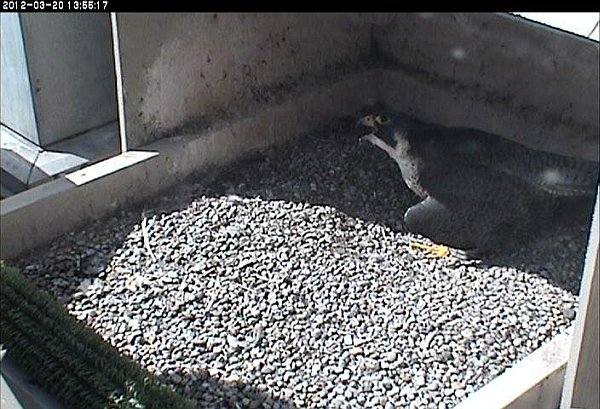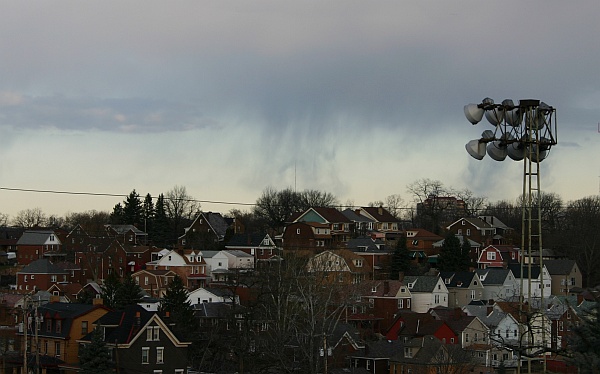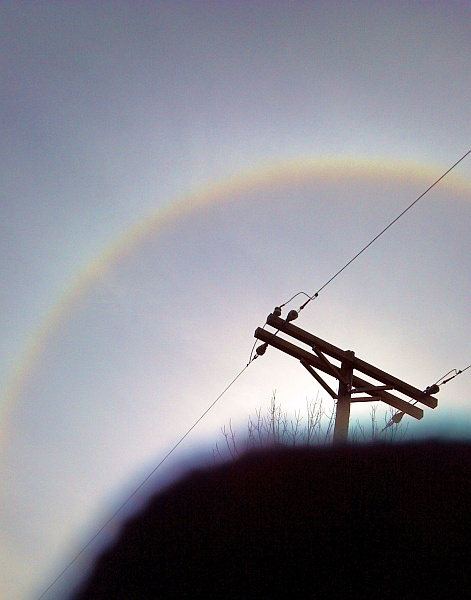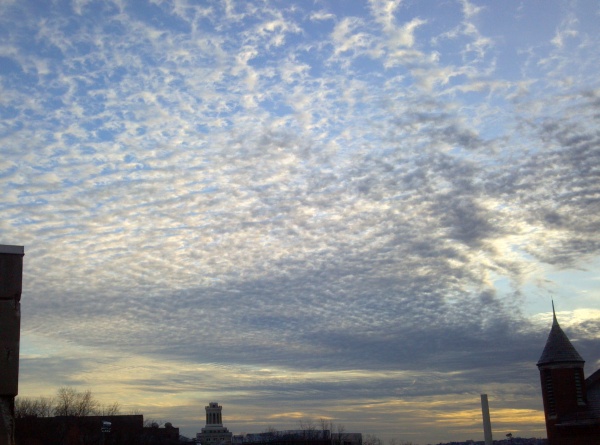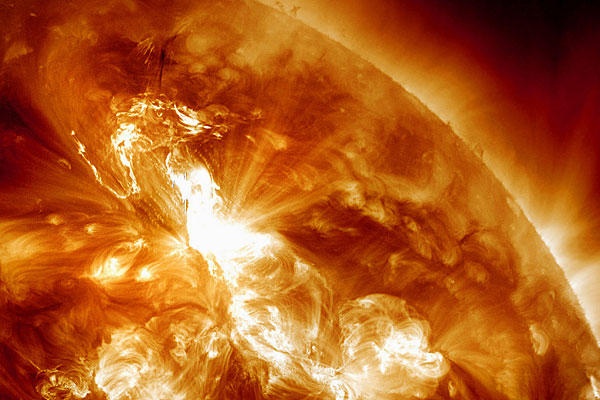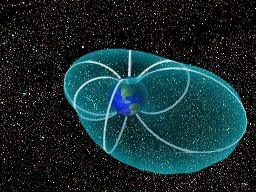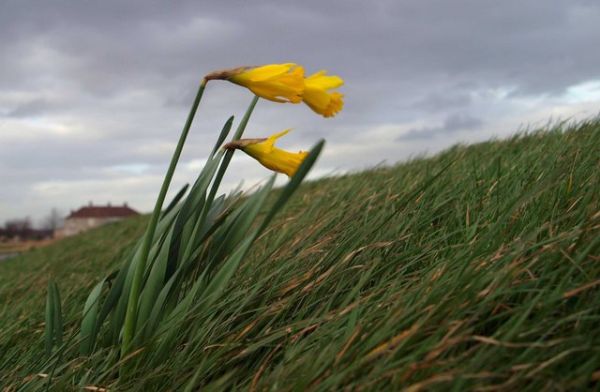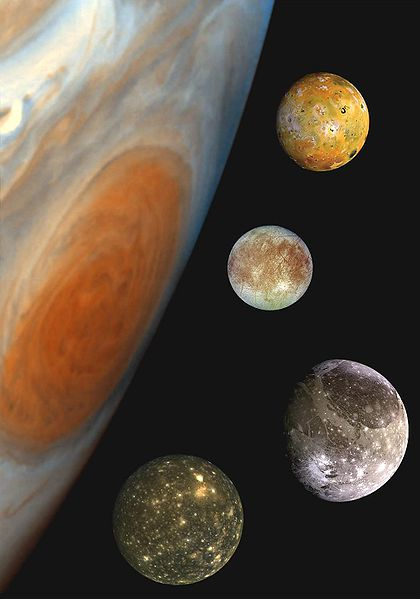Spring is fire season in Pennsylvania.
85% of Pennsylvania’s wildfires occur in March, April and May, not because it hasn’t rained but because it’s windy and the old leaf litter provides a lot of fuel before the new leaves are out.
In Pennsylvania almost all wildfires are caused by people, so from March 1 to May 25 DCNR prohibits open fires in the State Forests. This burn ban is instituted every year. Even so, wildfires burn 10,000 acres annually in Pennsylvania.
Spring is also the time for controlled burns to clear the fields for planting. If you fly across the U.S. on a clear, windless day this month you’ll see the smoke of controlled burns across the country.
Fire is the “natural” solution for clearing large fields when it’s impractical to till the old plants into the soil. But fire is not welcome near residential areas because of the smoke. In western Pennsylvania I can tell that farmers often use herbicide because I find stark brown fields in April, surrounded by bright straight lines of green plants along the edges.
I’m not wild about herbicides. If it weren’t for the smoke I’d prefer fire except …
Sometimes controlled burns go out of control as one did last week in Colorado.
Be careful. It’s fire season.
(photo by Richard Chambers of a controlled burn in Statesboro, Georgia via Wikimedia Commons. Click on the photo to see the original)



